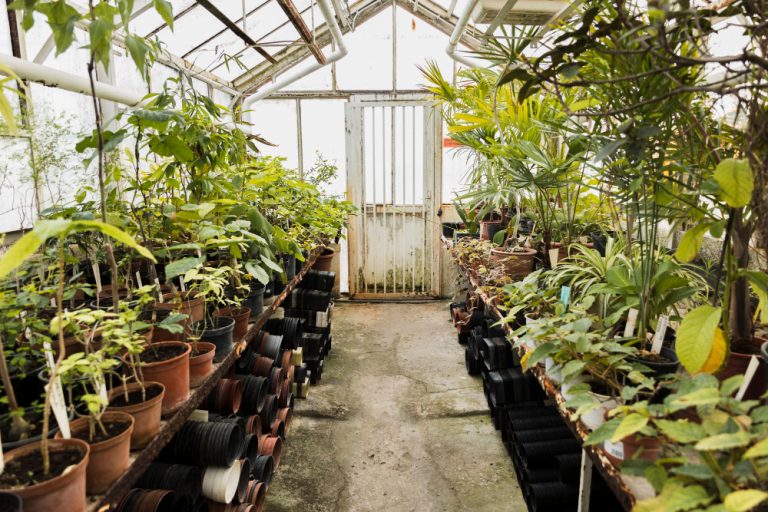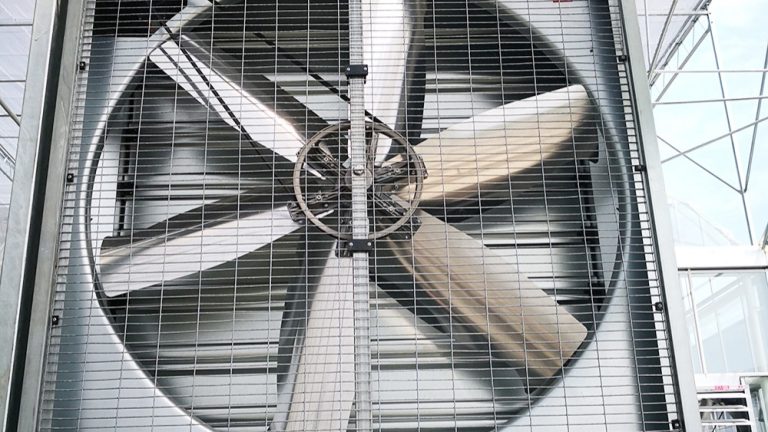
Key Points
- Research suggests agricultural polyethylene shade netting has eight key roles in farming.
- It seems likely that these roles include shading, temperature control, and pest protection.
- The evidence leans toward it also supporting crop growth through moisture retention and ventilation.
Roles Overview
Agricultural polyethylene shade netting is widely used in farming to enhance crop health and yield. Below are its primary roles, explained simply for easy understanding:
Shading and Heat Reduction
This netting blocks direct sunlight, helping prevent heat stress on crops and improving photosynthesis, especially in hot climates. It’s like giving plants a cool shade on a sunny day.
Temperature Control
It helps keep the area around crops cooler, reducing the need for extra cooling in greenhouses, which can save energy costs.
Protection from Adverse Weather
It shields crops from harsh weather like hail, wind, and frost, protecting them from physical damage.
Pest and Bird Control
The netting acts as a barrier, keeping pests and birds away from crops, reducing damage and loss.
Moisture Retention
By reducing sunlight and heat, it helps keep soil moist, which is crucial for plant growth, especially in dry areas.
Ventilation
It allows air to circulate, preventing diseases caused by stagnant air, ensuring plants stay healthy.
Structural Support
It can support climbing plants, like a trellis, helping them grow evenly and get better light and air.
Light Diffusion
It ensures light is spread evenly, promoting uniform growth and preventing uneven development in crops.
For more details, check out resources like Shade Nets Importance or Shade Net Guide.
Comprehensive Analysis of Agricultural Polyethylene Shade Netting Roles
This section provides a detailed examination of the roles of agricultural polyethylene shade netting, drawing from multiple authoritative sources to ensure a thorough understanding. The analysis is structured to cover all aspects mentioned in the research, offering a professional and detailed perspective suitable for agricultural practitioners, researchers, and policymakers.
Background and Material Properties
Agricultural polyethylene shade netting, often made from high-density polyethylene (HDPE), is a versatile and durable material designed for various farming applications. It is lightweight, cost-effective, and treated to withstand UV radiation, ensuring longevity of 5-10 years with some products offering up to an 8-year UV warranty. Its water-permeable nature and ease of installation make it a practical choice for farmers, as noted in discussions on its use in greenhouses and gardens
Detailed Roles and Applications
The following table summarizes the eight key roles identified, with supporting details and relevant percentages where applicable, derived from the analysis of multiple sources:
| Role | Description | Relevant Details/Percentages |
|---|---|---|
| Shading and UV Protection | Reduces direct sunlight and blocks up to 90% UV rays, preventing heat stress. | 30%-95% UV block |
| Temperature Control | Absorbs heat, cools the area, and minimizes fruit damage, especially in greenhouses. | Lowers energy costs by reducing fan use |
| Protection from Adverse Weather | Shields crops from hail, wind, frost, and other harsh conditions. | Includes anti-hail and windbreak functions |
| Pest and Bird Control | Acts as a physical barrier against insects, birds, and pests, reducing crop damage. | Can temporarily replace insect netting |
| Moisture Retention | Reduces evaporation, helping retain soil moisture for plant health. | Enhances growth in arid conditions |
| Ventilation | Allows air and water transmission, preventing fungal diseases by ensuring circulation. | High-level ventilation noted for durability |
| Structural Support | Used as a trellis or support for climbing plants, improving light and air distribution. | Common in plant trellis netting applications |
| Light Diffusion | Ensures uniform light distribution, promoting even crop growth and preventing uneven development. | Critical for uniform shadow and air flow |
Specific Crop Needs and Shade Ratios
One critical aspect is the customization of shade netting for different crops, with specific shading percentages recommended based on crop type and climate. For instance:
- Vegetables like squash, tomato, and pepper require 20%-30% shading.
- Ornamental plants such as begonias, azaleas, orchids, lilies, and camellias need 40%-50% shading.
- Leafy greens like spinach and lettuce benefit from 60% shading.
- Shade-loving plants like palms, dracaena, ferns, and philodendron may require 70%-90% shading.
In colder areas, shade rates of 50%-60% are typically used, while warmer areas may require 70%-80% to protect against intense sunlight. This flexibility ensures that farmers can tailor the netting to specific agricultural needs, enhancing yield and quality.
Additional Benefits and Versatility
Beyond the primary roles, the netting offers additional advantages such as ease of maintenance (easy to wash and install), cost-effectiveness, and versatility in applications. It is used not only in agriculture but also in residential yards, parking lots, and even for vehicle protection, as seen in discussions on its use in various settings. This versatility makes it a multi-functional tool for farmers, providing privacy, comfort, and protection from adverse weather conditions.
Comparative Analysis with Other Agricultural Nets
The research also highlights that agricultural polyethylene shade netting is part of a broader category of plastic nets, which includes anti-bird netting, plant support nets, and windbreak netting, among others. While these nets share some functions, shade netting is particularly noted for its shading and temperature control capabilities, setting it apart as a specialized tool for light-sensitive and heat-sensitive crops.
Practical Considerations
Farmers should consider the shade percentage, material (woven or knitted), and installation method when selecting shade netting. The knitted version, often made from blended polyethylene, is lightweight and suitable for weather changes, while woven versions may be better for winter use due to heat retention. Installation is straightforward, with options for both sides and rough side down for easy cleaning, enhancing its practicality.
Conclusion
In summary, agricultural polyethylene shade netting plays a vital role in modern farming by addressing shading, temperature control, pest protection, and more, with customizable options for different crops and climates. Its durability, cost-effectiveness, and versatility make it an essential tool for enhancing agricultural productivity and sustainability.




